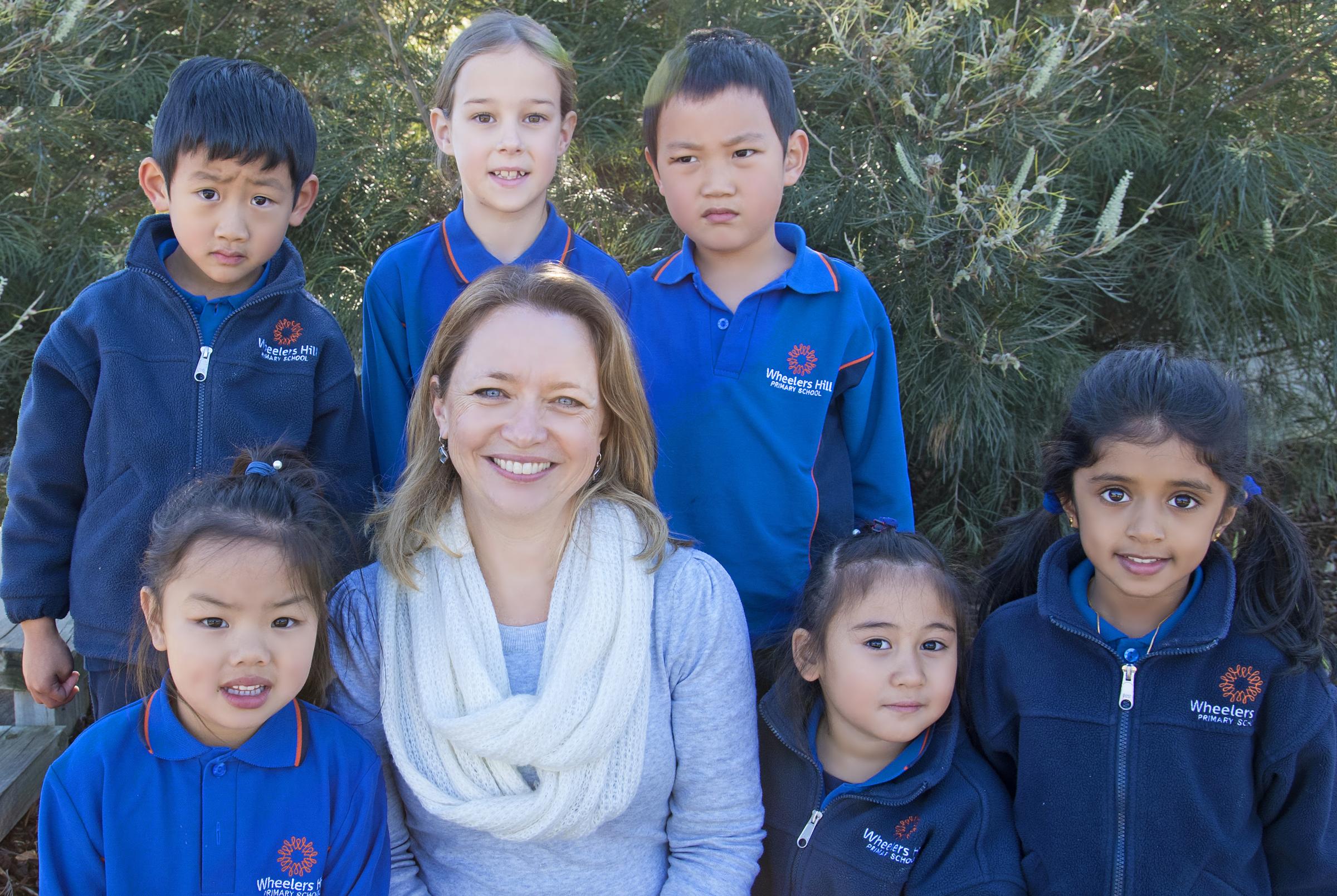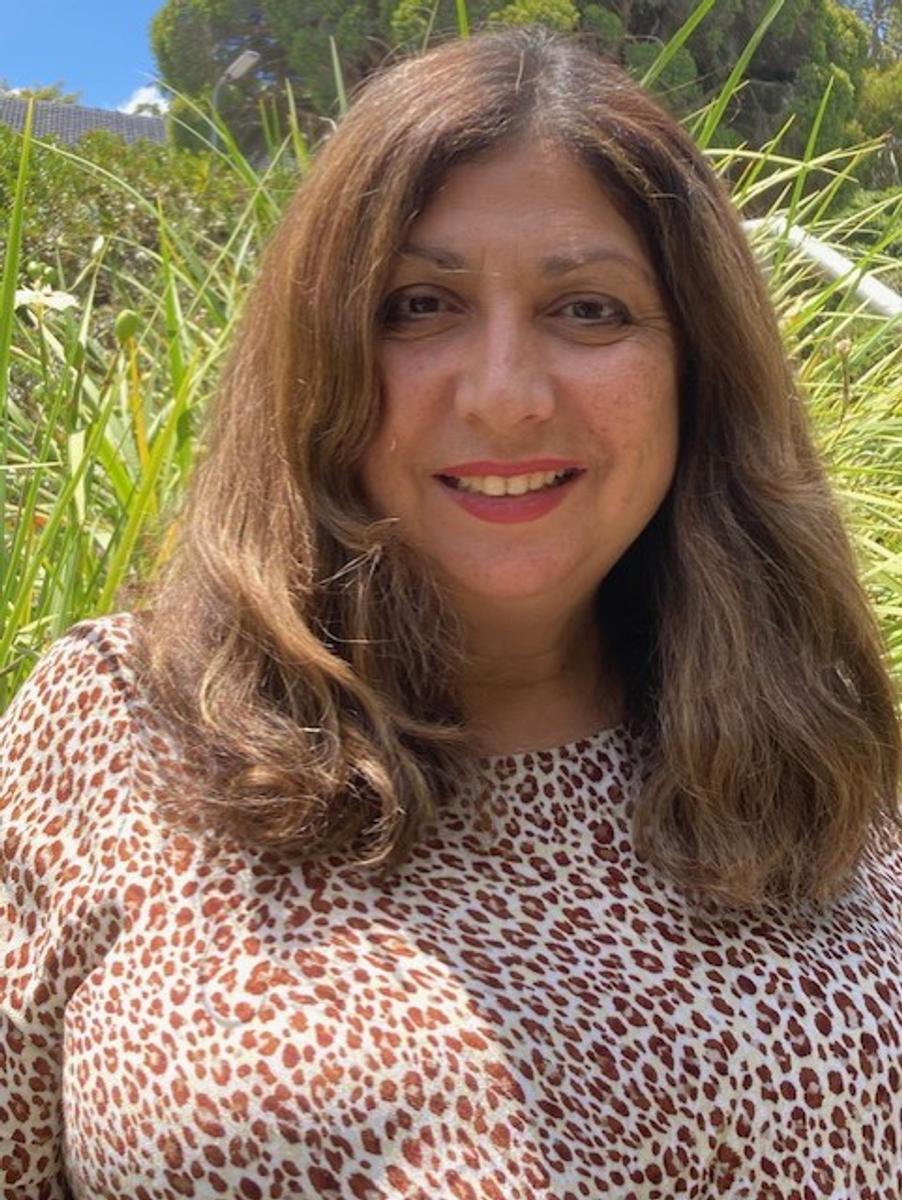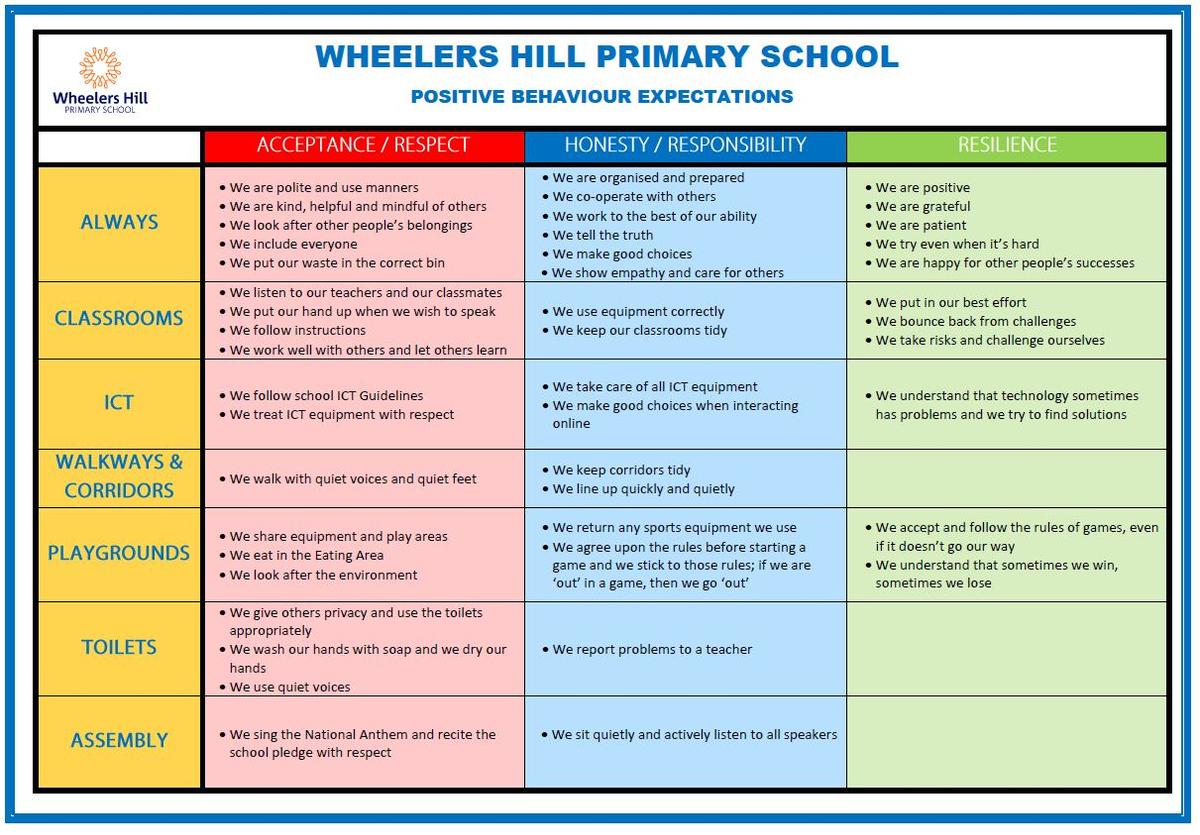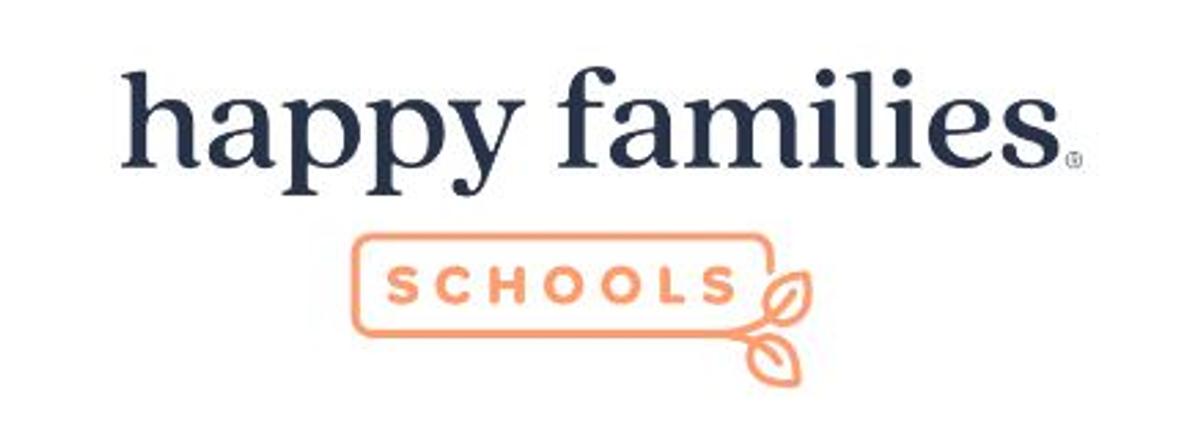Assistant Principal
Katrina Spicer - Wellbeing

Assistant Principal
Katrina Spicer - Wellbeing
Welcome to the 2024 school year!
It has been a lovely, calm start the to year, with the students settling well into their new classes and new year levels. The year 5 students have thoroughly enjoyed helping their prep buddies learn their way around the school, and the preps are slowly settling into the school routine.
This week all students were sent home with a Code of Conduct Agreement and an ICT Agreement. A reminder to parents to please discuss these agreements with your child/ren and then sign and return the reply slip to your child's class teacher. All students and families must agree to the school's code of conduct, and students who do not return the signed ICT agreement will not be allowed to use digital devices at school.
During the first week of school, teachers have been getting to know their students, helping students to establish connections, setting behaviour expectations, and laying the foundations for a productive year in the classroom.
NEW SOCIAL WORKER


We would like to welcome Mrs Desi Kyriacou-Bablis, our new Social Worker. Desi will be working on Mondays, Tuesdays, Thursdays and Fridays. Her role will be to work with families who might require some support or guidance, and to support children with their social skills and support children who are dealing with grief and loss. Parents of children who work with Desi will be informed.
We welcome Desi as a highly experienced Social Worker, and we know she will provide a high level of expertise to our staff.
If you would like to meet with Desi, please contact me via the school's phone number, or my email address below.
SCHOOL-WIDE POSITIVE BEHAVIOUR SUPPORT (SWPBS)
Our School-Wide Positive Behaviour Support (SWPBS) program has already begun, and many students have received coloured tokens from their teachers acknowledging positive behaviours. Each Friday afternoon, students will use these tokens to vote for a reward to be received at the end of term. We will have two end-of-term rewards, one for the Junior School (yrs P-2) and one for the Senior School (yrs 3-6). Our school captains, vice captains and house captains will select this term's reward options next week.
POSITIVE BEHAVIOUR EXPECTATIONS MATRIX
All families should have received a paper copy of the Positive Behaviour Matrix with your child's Code of Conduct. The matrix is also available on the school website.
Each week, students are explicitly taught one (or more) of the behaviours on the matrix. This ensures that all students in the school understand the behaviours that are expected of them here at school. The matrix is on display in all classroom and in all zones around the school. Teachers and students refer to the matrix regularly.


The list of major and minor behaviours, which is also on display in every classroom, explains which behaviours are managed by teachers and which behaviours are managed by a member of school leadership.


Countless studies have shown that a consistent approach between home and school is highly beneficial for effective behaviour management. You may consider developing similar strategies such as these to use at home.
Katrina Spicer
Assistant Principal for Wellbeing and Inclusion
katrina.spicer@education.vic.gov.au


By Dr Justin Coulson
Anxiety in our young people is at an all-time high. It has been rising for decades, and since COVID the numbers have exploded.
Why the huge rise?
Social media is the common scapegoat. There are good reasons to blame Facebook, Instagram Snapchat and TikTok, but they are not the most convincing reason. A majority of kids use social media (and screen) at surprisingly high levels with no mental health difficulties.
No. It’s not social media. Or friendship issues. Or a lack of outside play. Or not enough physical activity. They all contribute to anxiety. They always have. But they don’t explain the huge rise.
What does? Parenting. For two reasons:
These parenting practices make sense if you believe we live in a world that is an increasingly competitive, dog-eat-dog, zero-sum world. Taking control is the only option to assure success in an environment like this.
But it’s wrong. And it’s creating anxious kids. Let’s add a third challenge here as well:
Parents become anxious about their children’s anxiety, which feeds control, which amplifies anxiety (theirs and ours). We’re uncomfortable with our children’s emotional discomfort which leads us to try to stop them feeling uncomfortable and exacerbates anxiety about anxiety.
Our children need more models and less judges. Solutions require a reset of our parenting practice. Less control and criticism. More empathetic exploring and ebullient empowering.
But what have they got to worry about?
It can be easy to look at our children’s lives and think that they’ve got it made, especially if they’re being raised in a significantly improved situation than yours was. But their anxious responses may not be as excessive as you think. This is due to the very real result of ‘worry stacking’.
Over time, small, even seemingly insignificant worries or concerns can accumulate and build upon each other, ultimately creating a larger and more overwhelming sense of anxiety or stress than the sum of their parts. (And considering how much we’re cramming into our kids’ lives now, is it any wonder?)
By learning how to effectively manage each worry as they arise, our kids can keep the stack from growing too high and maintain a sense of control over their anxiety. This is essentially like hitting the ‘reset’ button on their nervous system.
How to push the ‘reset’ button.
A healthy reset requires relationship and connection, a feeling of competence and capability, and a real sense of control.
In addition, we can teach our children about regulating anxieties and worries. It’s essential to process worries, reset between challenges, and ensure concerns don’t accumulate.
1. Balance the body.
Recognise the physical sensations of anxiety. Where does your child feel it? Is it in their chest, shoulders, or stomach? Somewhere else? Identifying these sensations helps manage them effectively.
Rather than saying ‘I am feeling anxious,’ which can intensify anxiety, have your child say, ‘I’m beginning to notice anxiety in my chest’. This simple shift in language helps create distance from the anxiety and it’s processed more effectively.
Deep breathing is a powerful tool for regulating emotions. Try box breathing (inhale, 2, 3, 4. Hold, 2, 3, 4. Exhale, 2, 3, 4. Hold, 2, 3, 4.) A splash of cold water, or a brief cold plunge or cold shower can help with a reset and refocus on the here and how.
Nature is an anxiety balm. Touch the grass. Breathe fresh air. See the sky. Soak in the sun.
2. Re-calibrate cognitions
The mind magnifies threats when we are anxious. Remember, thoughts are thoughts, not facts. Challenge unhelpful, unkind or unproductive thoughts.
Question assumptions and beliefs that amplify anxiety.
3. Create capacity.
Your child cannot control the curriculum, can’t trash the timetable, can’t end exams and can’t save the planet. But they can hug their parent, can be present, can breathe, can play or run or be active, can cook dinner with you, can wrestle with you on the carpet, can read a book. They can study, can call a friend, can help someone struggling…. There is so much they CAN do. They just need help seeing it.
Unhealthy anxiety is embedded in our culture. But it doesn’t have to be embedded in yours. Or your child’s. Let go of control. Re-centre, re-balance, re-think and re-create.
And trust that things will work out. They almost always do.
Our school subscription to Happy Families allows access to the Happy Families website to all members of our school community.
Families can access the Happy Families website at: https://schools.happyfamilies.com.au/login/whps
Password: happywhps